Optimal Timing for Washer Dryer Disposal
Determining the optimal time for washer dryer disposals involves considering various factors such as appliance age, usage frequency, and seasonal demand. Typically, disposal is recommended when appliances become inefficient, break down frequently, or are outdated. Timing can also be influenced by household schedules, with some opting for disposals during periods of lower activity to minimize disruption.
Statistics indicate that appliances nearing the end of their lifespan—usually after 8-12 years—are prime candidates for disposal. Regular maintenance can extend their usability, but once repair costs surpass replacement value, disposal becomes a practical choice. Seasonal trends, such as post-holiday periods or during home renovations, may also prompt disposal and replacement activities.
Dispose of washer dryers when they show signs of inefficiency or frequent breakdowns to ensure reliable operation.
Many households prefer to replace appliances during off-peak seasons to avoid inconvenience.
Appliances typically reach the end of their effective lifespan after 8-12 years of regular use.
Replacing an outdated washer dryer can reduce energy consumption and repair costs over time.
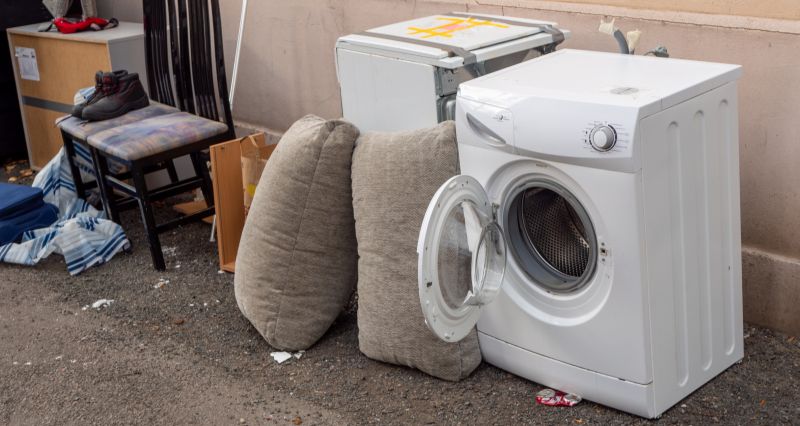
Steps involved in safely disposing of old appliances.
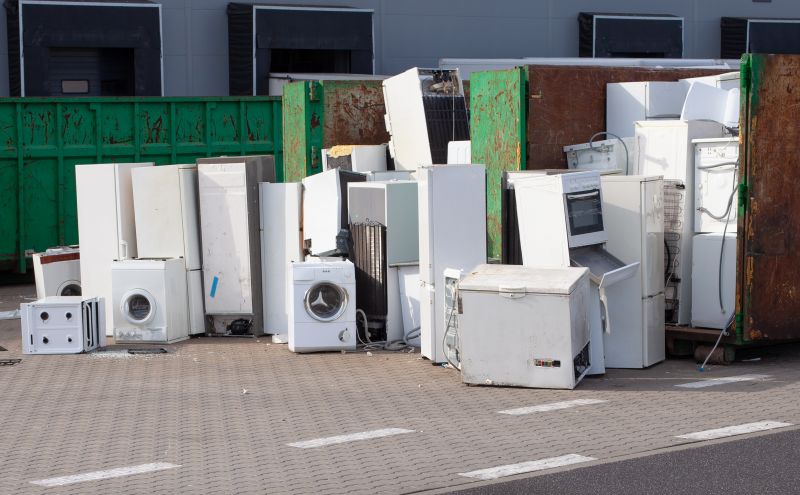
Tools and methods used for environmentally responsible disposal.
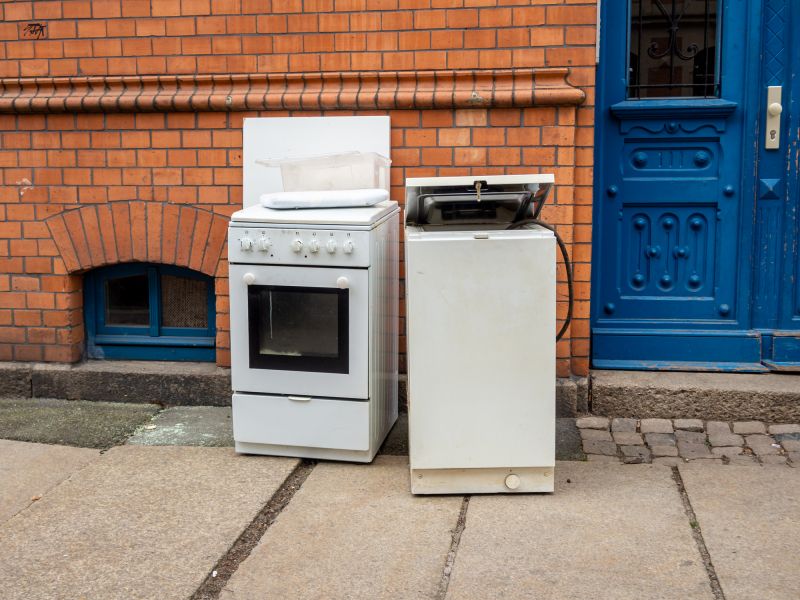
Recycling options for washer dryers to recover materials.

Ways to make Washer Dryer Disposals work in tight or awkward layouts.

Popular materials for Washer Dryer Disposals and why they hold up over time.

Simple add-ons that improve Washer Dryer Disposals without blowing the budget.
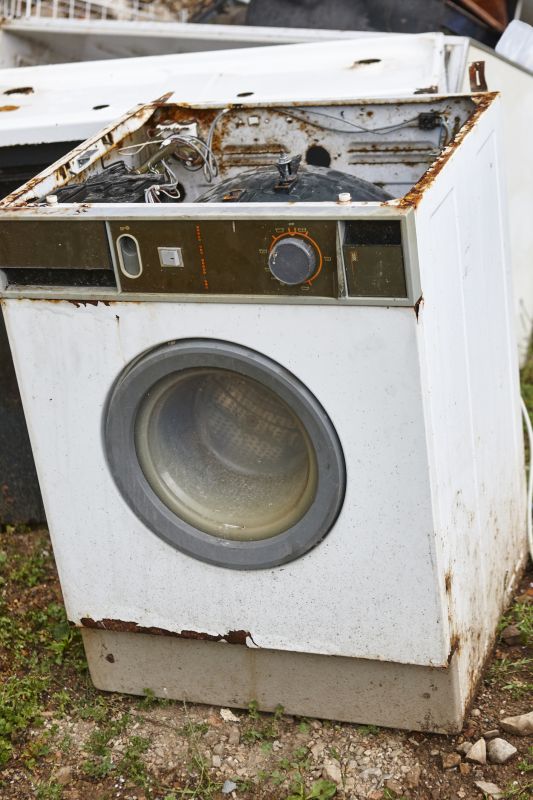
An outdated washer dryer ready for disposal.
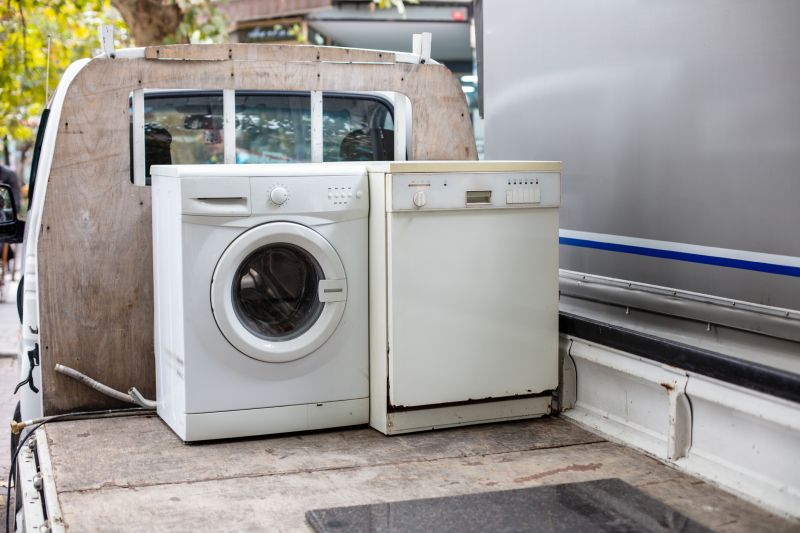
Tools used for safe appliance removal.

Location where appliances are processed for recycling.

Replacement appliance ready for installation.
| Factor | Details |
|---|---|
| Age of Appliance | Optimal disposal after 8-12 years of use. |
| Frequency of Repairs | Frequent repairs suggest replacement is needed. |
| Energy Efficiency | Older models consume more energy and are less efficient. |
| Signs of Malfunction | Leaks, noise, or failure to operate indicate disposal time. |
| Seasonal Timing | Replace during low-activity periods to reduce disruption. |
| Household Schedule | Coordinate disposal with household routines. |
| Environmental Regulations | Follow local guidelines for appliance disposal. |
| Cost Considerations | Weigh repair costs against replacement expenses. |
